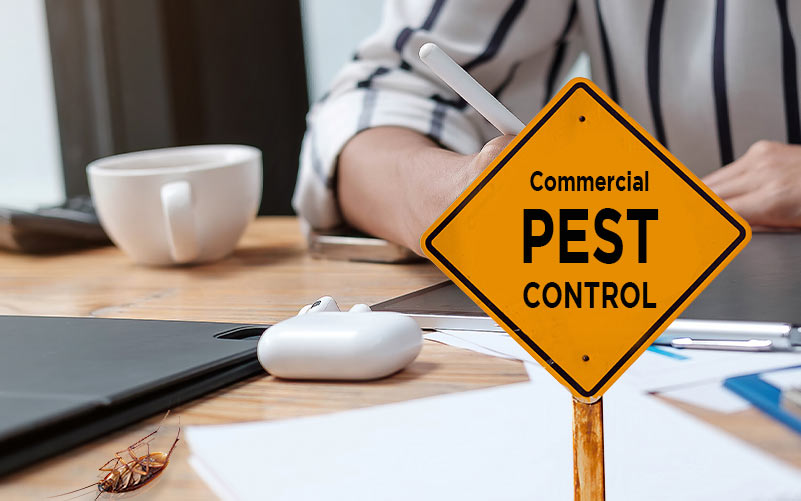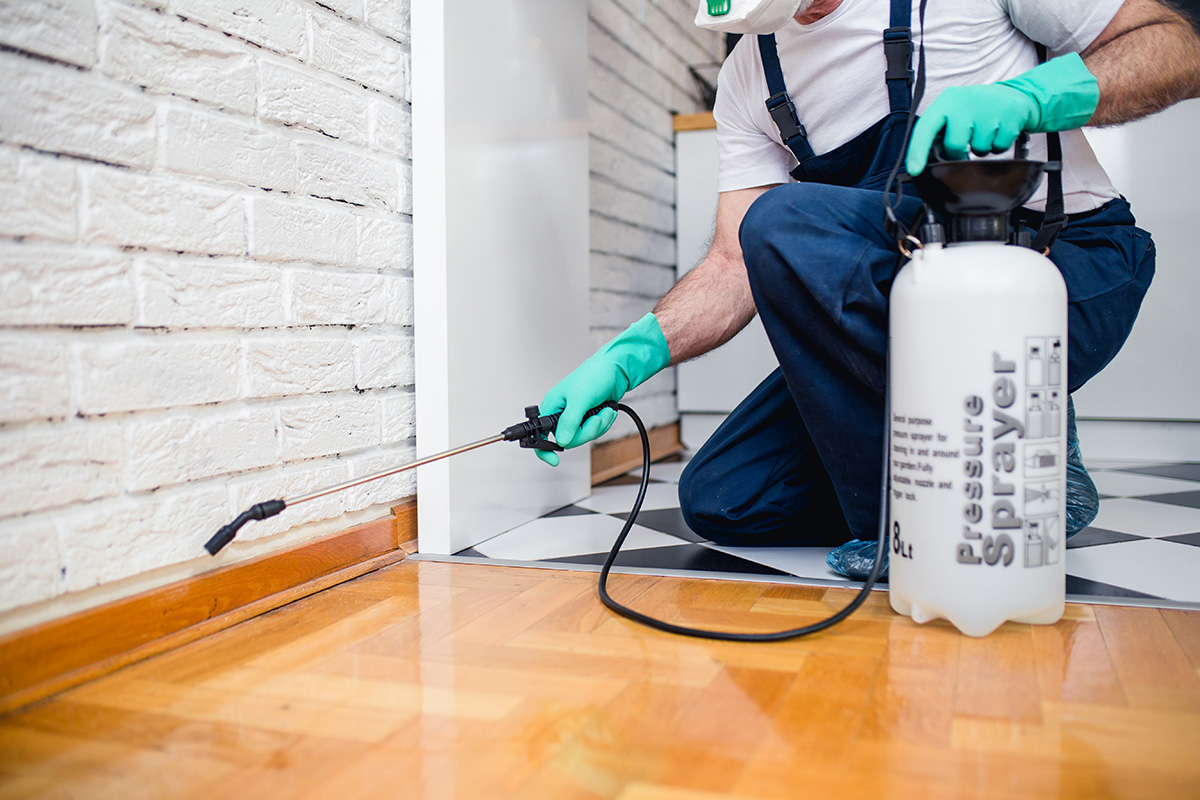A1 Bed Bug Exterminator Charlotte - Specialized Bed Bug Removal
A1 Bed Bug Exterminator Charlotte - Specialized Bed Bug Removal
Blog Article
Bed Bug Therapy Malfunction: Contrasting Chemical Vs. Non-Chemical Solutions
In the realm of insect control, specifically when dealing with the consistent concern of bed bugs, the option between chemical and non-chemical therapy solutions can be a crucial one. Both methods use distinctive benefits and disadvantages, affecting elements such as performance, security factors to consider, and total price. By checking out the nuanced information of each approach, a more clear understanding of which path to pursue in attending to a bed bug invasion can be attained.
Performance of Chemical Therapies
Chemical treatments for bed insect problems have been widely identified for their rapid and potent efficacy in eradicating these pests. When thinking about the efficiency of chemical therapies, it is crucial to understand that they can provide a thorough and quick service to a bed pest issue. Professional pest control experts frequently count on insecticides to target bed insects at different stages of their life process, consisting of adults, fairies, and eggs. These chemicals generally work by interrupting the bed pests' nerve system, causing paralysis and ultimate death.
In addition, chemical treatments have the advantage of supplying recurring results, implying that they can proceed to remove bed pests also after the initial application. This residual activity is particularly advantageous in combating any kind of potential re-infestations. Additionally, the fast action of chemical therapies can bring alleviation to individuals facing severe bed pest invasions, allowing them to gain back control of their space rapidly.
Security Issues With Chemical Solutions
When making use of chemical options for bed pest therapy is making sure the security of residents and the atmosphere,One important facet that requires careful factor to consider. While chemical therapies can be reliable in removing bed insects, they might present threats if not handled appropriately. One of the key safety worry about chemical options is the prospective damage they can cause to human health. Exposure to certain chemicals utilized in bed insect therapies can lead to respiratory concerns, skin inflammation, or other negative reactions, particularly in individuals with pre-existing problems or sensitivities. Furthermore, incorrect application or dosage of chemical pesticides can cause toxic deposits remaining in the treated location, posing long-lasting health and wellness threats to residents.
In addition, the ecological impact of chemical services is an additional considerable factor to consider. Some pesticides made use of in bed pest therapies may be dangerous to useful bugs, wildlife, and ecosystems if they leach into the soil or water systems. It is vital to make use of chemical therapies sensibly, complying with safety and security guidelines, and taking into consideration less toxic choices to mitigate these risks and ensure the efficient and safe management of bed pest infestations.
Advantages of Non-Chemical Techniques
Thinking about the prospective security worries and ecological influence related to chemical services for bed pest therapy, checking out non-chemical techniques presents an encouraging choice with several distinctive advantages. Non-chemical techniques use a safer option for families, particularly those with kids, pets, or individuals delicate to harsh chemicals. These techniques get rid of the threats of direct exposure to harmful substances, decreasing the capacity for unfavorable wellness results. In addition, non-chemical therapies are ecologically friendly, as they do not add to air or water air pollution, making them a sustainable choice for parasite control.
Furthermore, non-chemical options can be effective in targeting bed pests, consisting of hard-to-reach areas where chemical treatments may not pass through. Techniques such as warm therapy, vacuuming, vapor cleaning, and cushion encasements supply complete removal without the usage of damaging chemicals. In addition, non-chemical methods can be much less disruptive, needing minimal preparation and enabling quicker reentry into treated locations. Overall, selecting non-chemical bed insect therapy methods not only prioritizes safety and security and environmental management but also makes sure detailed and reliable pest control.
Limitations of Non-Chemical Treatments

Additionally, non-chemical treatments frequently need multiple applications to attain successful obliteration. This can be time-consuming and may not always ensure full elimination of all bed bugs and their eggs, especially in hard-to-reach or hidden areas.
Furthermore, the success of non-chemical treatments heavily depends on proper implementation and thoroughness, which can be challenging for individuals without expert expertise. Inadequate application of non-chemical methods might lead to incomplete elimination, resulting in consistent problems and the need for additional therapies.
Therefore, while non-chemical treatments have their advantages, it is necessary to recognize these limitations and consider them when identifying one of the most effective technique for managing bed pest problems.
Price Comparison: Chemical Vs. Non-Chemical Options
Given the restrictions connected with non-chemical treatments, a necessary element to assess in the context of bed bug management is the price contrast between chemical and non-chemical options. Chemical therapies typically entail the application of pesticides by specialists, which can vary from $250 to $900 per area, relying on the extent of the problem and the size of the location to be treated. On the other hand, non-chemical treatments like warmth therapy or heavy steam can be more costly, with expenses ranging from $1,000 to $6,000 for an entire home. While the initial price of chemical treatments might appear browse around here lower, several treatments might be needed to totally remove the infestation, possibly enhancing the total expense. On the other hand, non-chemical alternatives may provide an extra environmentally friendly and lasting remedy, although they can be cost-prohibitive for some individuals. Inevitably, when taking into consideration the expense of bed bug therapy options, it is essential to weigh the ahead of time expenses versus the effectiveness and lasting sustainability of the chosen technique.
Verdict

Considering the prospective security problems and ecological influence linked with chemical solutions for bed bug therapy, discovering non-chemical methods provides an encouraging option with numerous distinctive benefits.Provided the restrictions connected with non-chemical therapies, an important element to review in the context of bed pest monitoring is the expense comparison between chemical and non-chemical choices. In comparison, non-chemical treatments like heat treatment or steam can be much more costly, with expenses ranging from $1,000 to $6,000 for an entire home. While the preliminary expense of chemical treatments may appear reduced, multiple therapies may be needed to completely eradicate the invasion, potentially increasing the general cost.In conclusion, when contrasting chemical and non-chemical bed pest treatment options, it is important to think about effectiveness, security, benefits, limitations, and cost.
Report this page